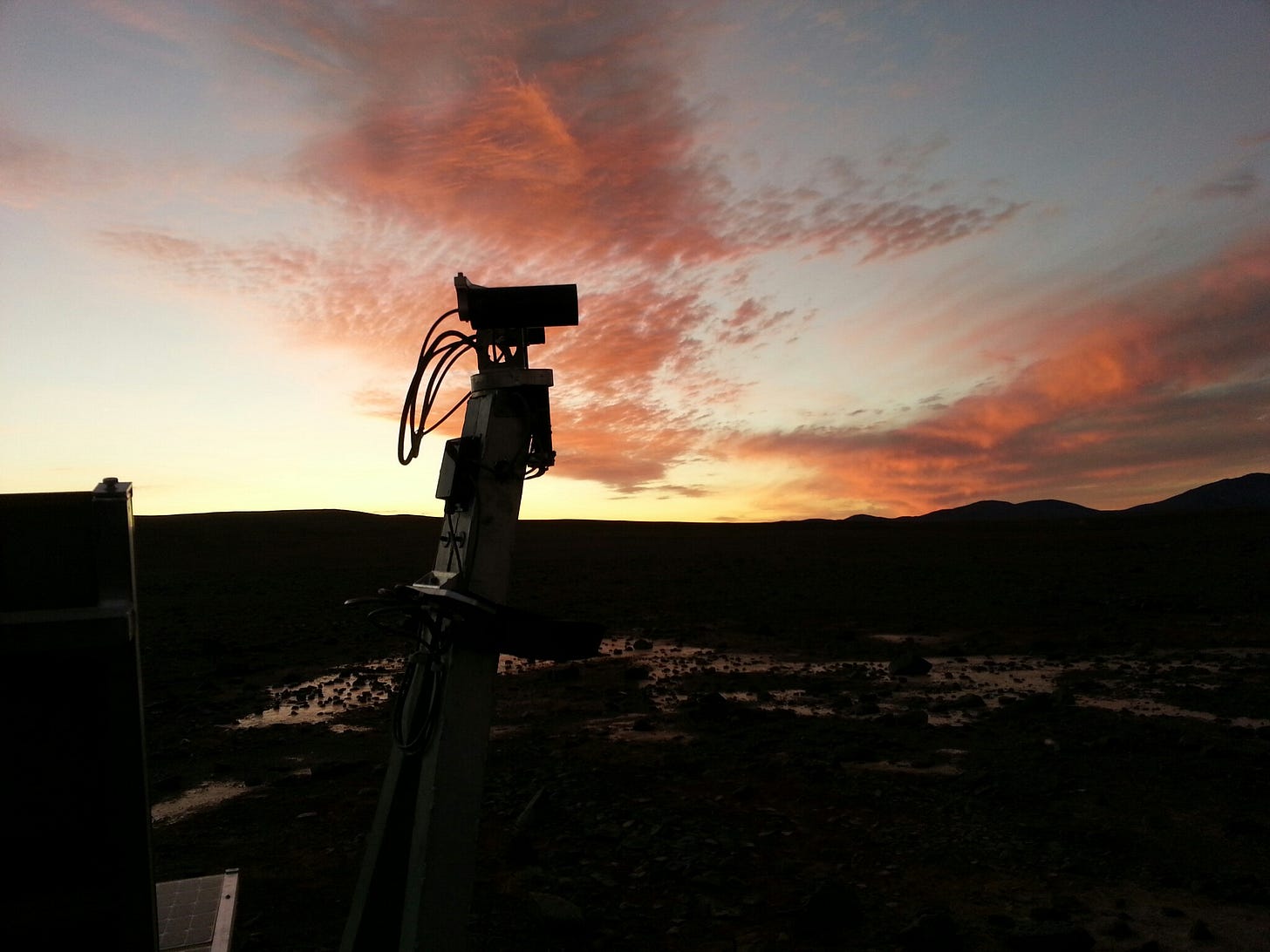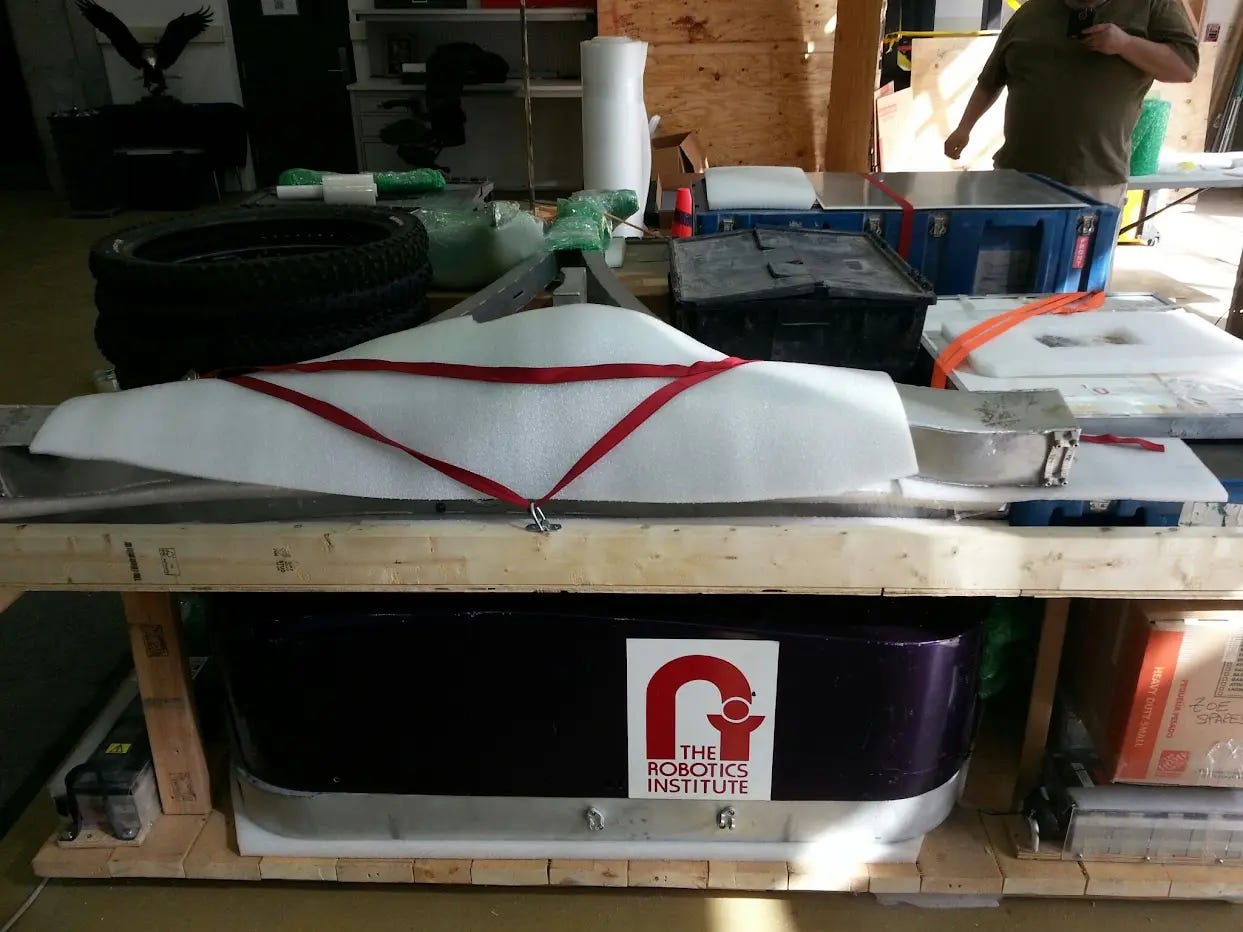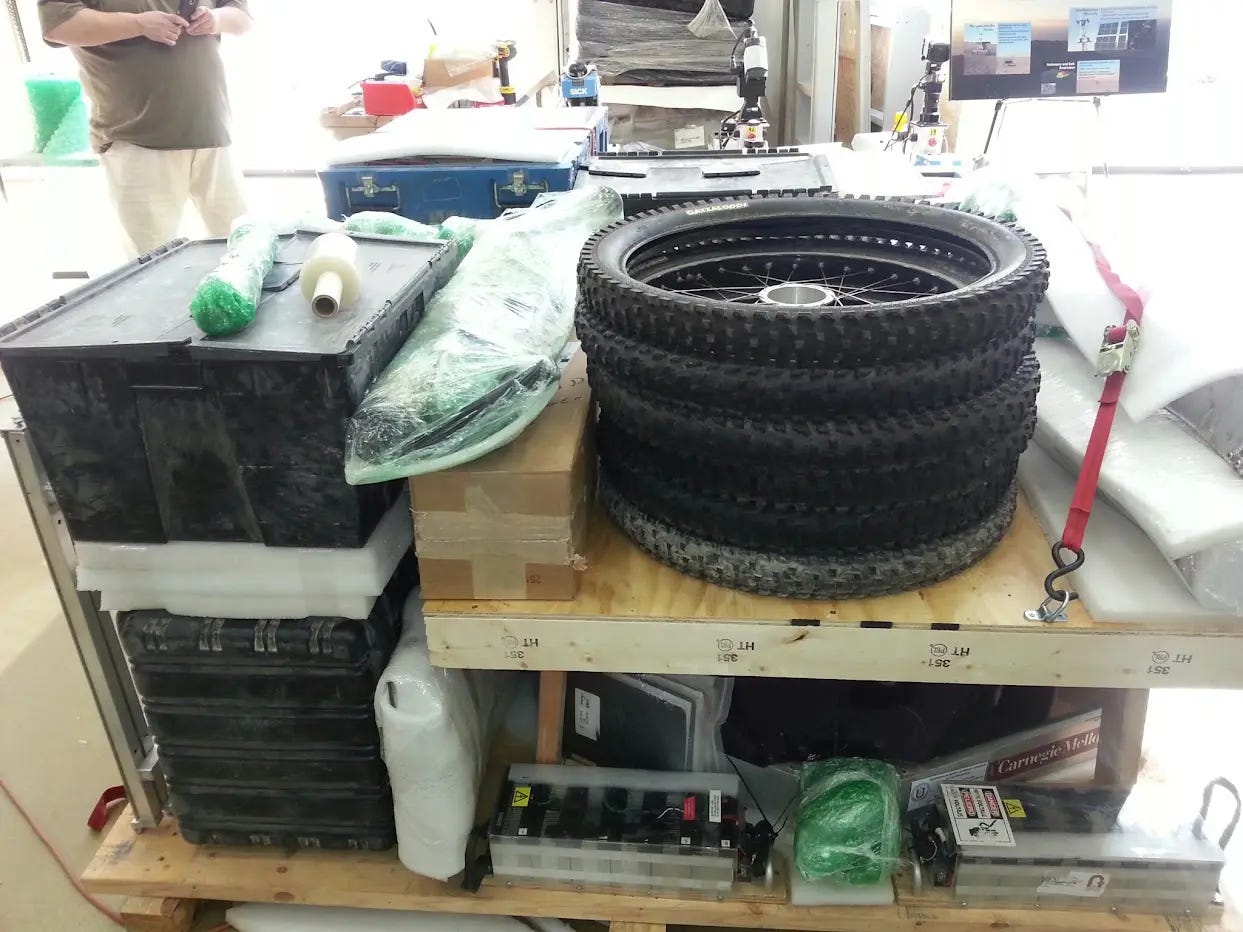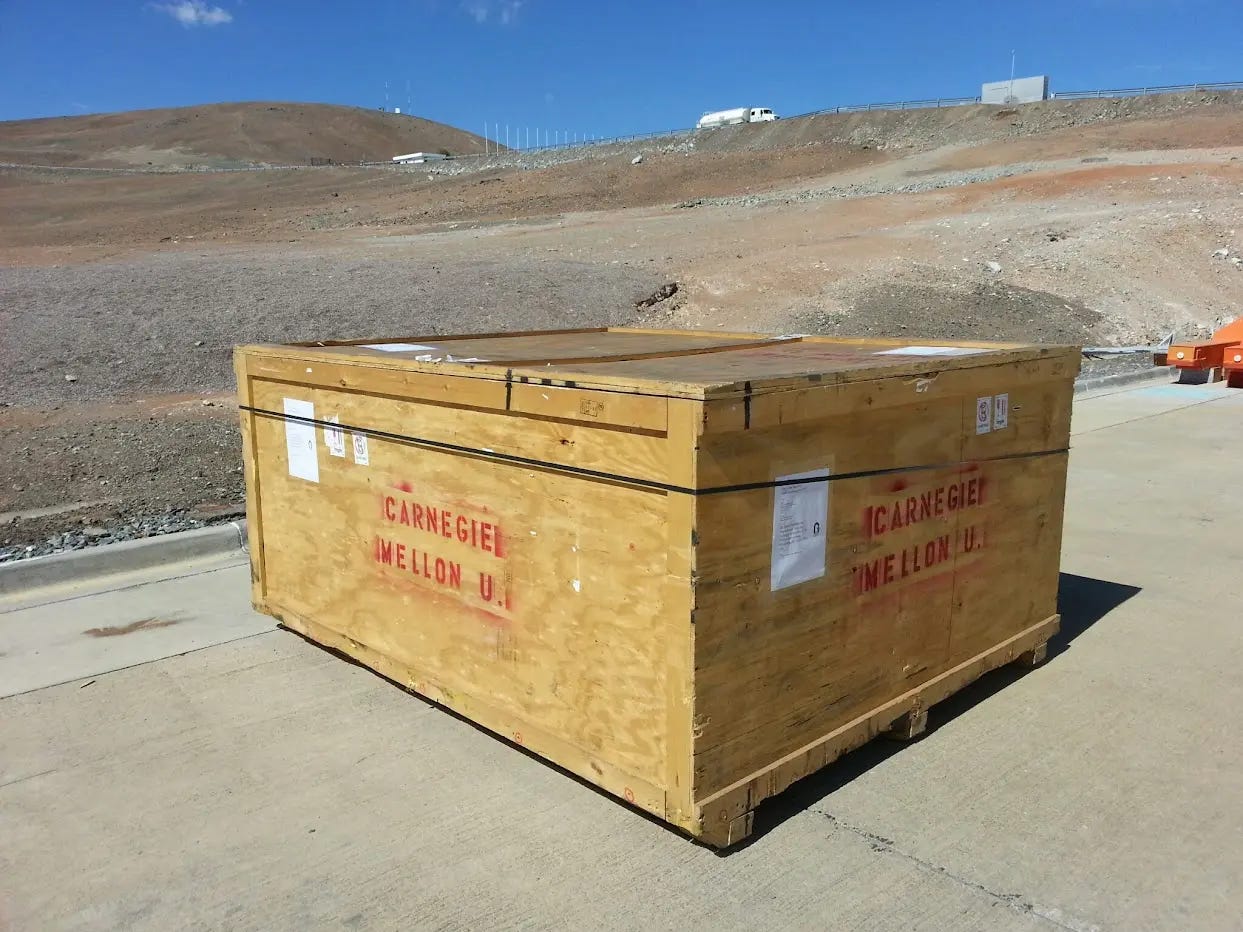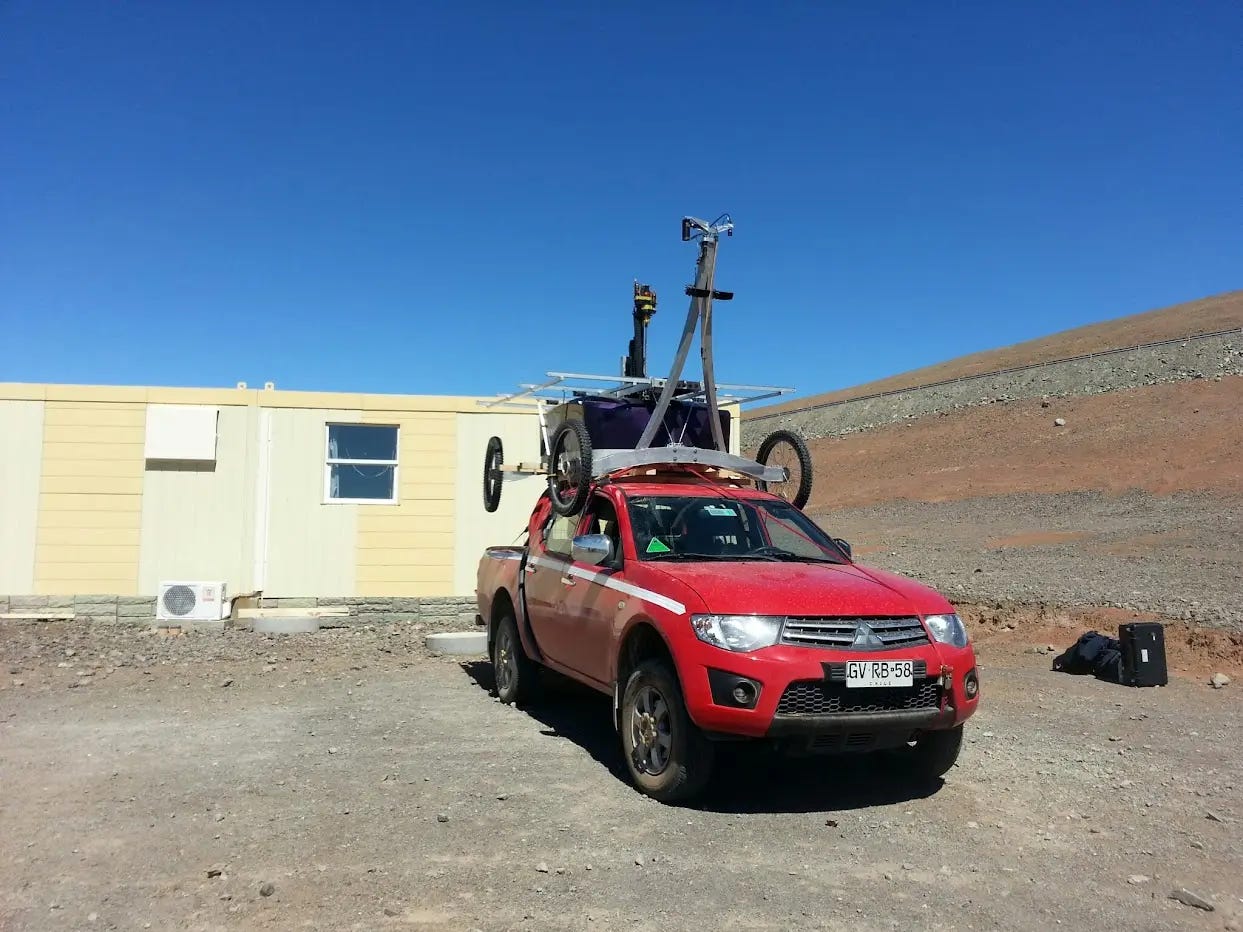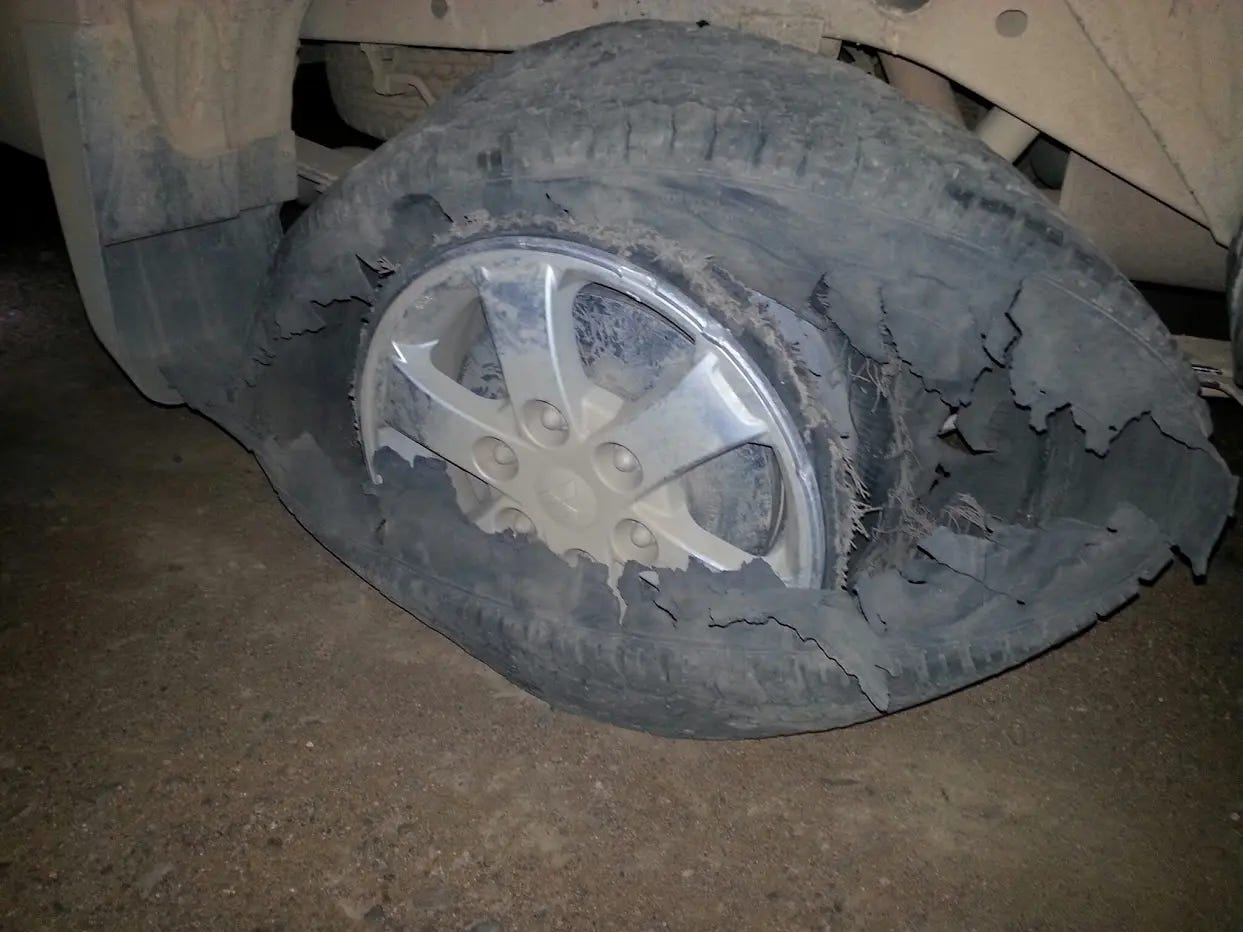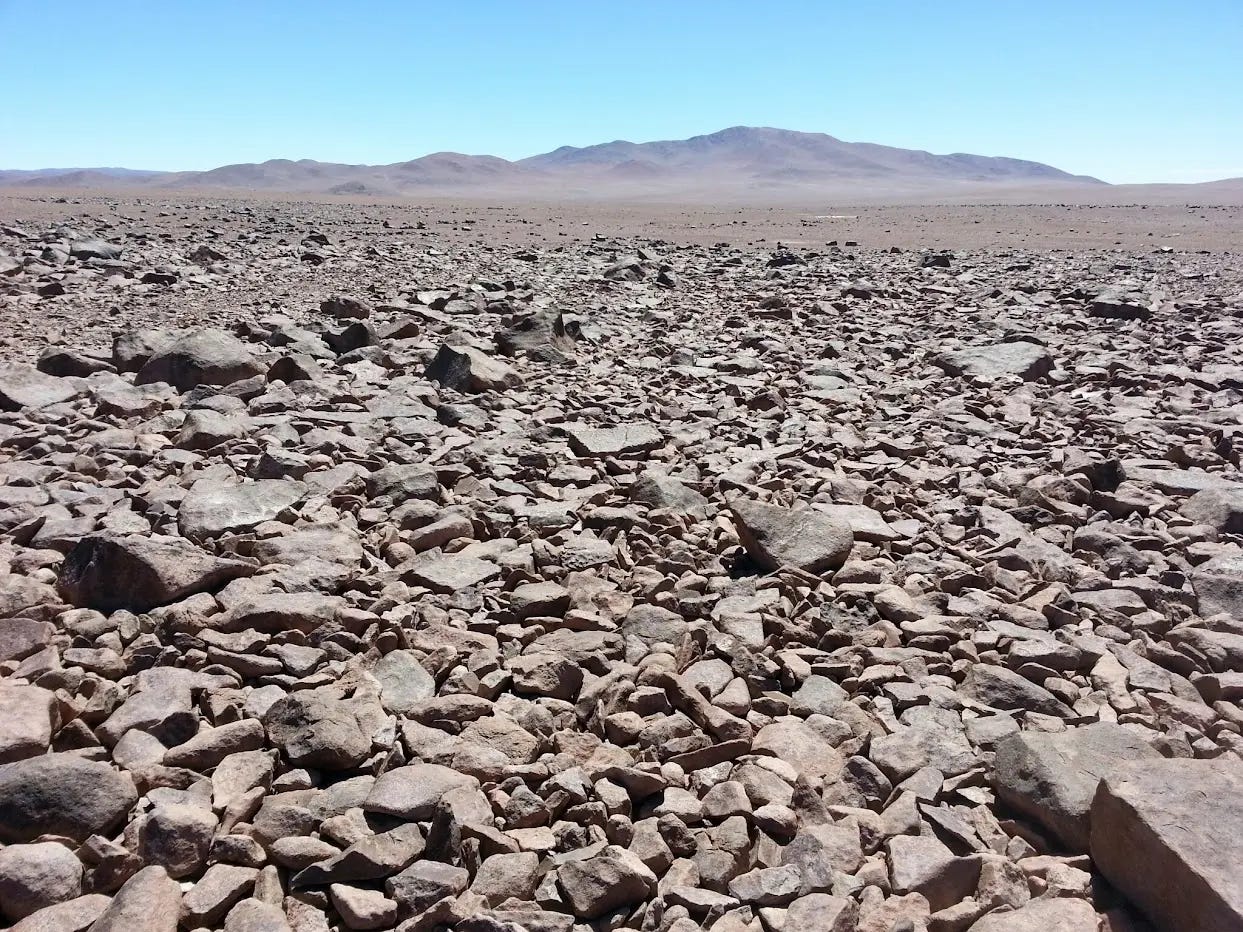Robots don’t fail in code-they fail in the wild.
Packing crates, busted wheels, and desert sun reveal truths a lab never will.
Most people think testing a robot means pressing “run” and watching it do its thing. That’s a demo. What we do in the field is something else entirely.
When you take a robot to a remote desert, you’re not just testing code. You’re testing resilience. Engineering decisions, logistics, teamwork, improvisation—it all gets pushed to the limit.
Let me walk you through what that actually looks like.
Shipping a robot is nothing like shipping a laptop
Planning a field experiment starts months in advance. Especially if we’re heading out of the country. For this trip, we were taking Zoë, our solar-powered field robot, to the Atacama desert. A dedicated team member handled all the logistics—coordinating with the shipping company, managing paperwork, and prepping for international freight.
Then comes the real puzzle: how do you pack a five-foot-wide robot into a wooden crate?
You can’t just strip it down entirely. Reassembling in the desert costs precious time. But you also can’t ship it whole. We strike a balance—disassemble just enough so it fits snugly, but can still be rebuilt quickly.
It’s a lot like backpacking. You want enough gear to survive, but not so much you’re bogged down. Except here, you’re backpacking with the robot. Into a desert. Where there’s nothing for hundreds of kilometers. So, we pack extras. Extra cables, batteries, wheels, tools. If it can break, we carry a spare.
We ship the crate a week before we fly. That buffer is essential. If we arrive before the robot does, we lose time. And in the field, every hour matters.
From crates to craters: getting the robot into the wild
Once the crate arrives, we hit the ground running. Unpack, lay out the parts, and rebuild. It feels like setting up a Mars mission—except there’s no mission control. Just us.
The deployment site is rarely next door. Sometimes we can drive the box truck straight to the test zone. But not always. On this trip, the terrain was too rough. So we did what any field roboticist does—we loaded Zoë on top of our SUV, strapped her down, and hoped the bungee cords held through the rocky drive.
It worked. Mostly.
The roads were brutal. One day, the terrain was so jagged we blew out our tires. Nothing fancy—just part of the job.
Life in the field: sandwiches, sun, and surprises
Our days were simple and focused.
Eat breakfast. Pack sandwiches. Drive into the desert. Work until sunset. Drive back.
Lunch was usually a deli or PBJ sandwich, eaten while crouched beside the robot, shielding your food from the wind. We packed a box full of snacks—nuts, fruits, chips, chocolate, and enough water to handle the dry air and sun. The goal: no one goes hungry, no one gets sick.
Some days the desert floor was smooth and dry. Other days, it was all rocks and gravel. But every day felt like a mission. The kind where you’re on your own and every decision matters.
There’s a strange thrill to it. Standing in places so remote that no human has likely stepped there before. Working with machines under a sun that shows no mercy. It’s hard, but it’s the kind of hard that changes you.
Field testing doesn’t just reveal how your robot performs. It reveals who you are as a builder.
If you enjoyed this behind-the-scenes look at robot testing, you’ll like the rest of BuildRobotz. I write weekly about building real robots and the mindset it takes to go from consumer to creator. Subscribe and don’t miss the next one.



